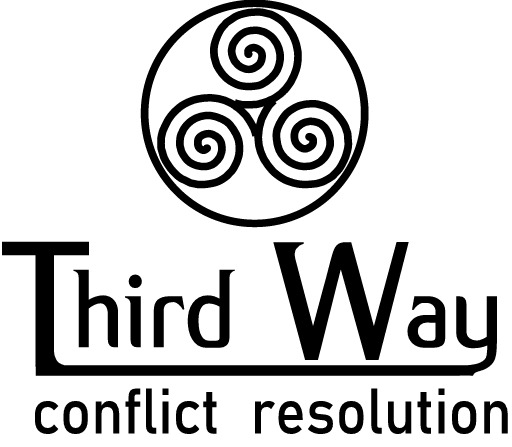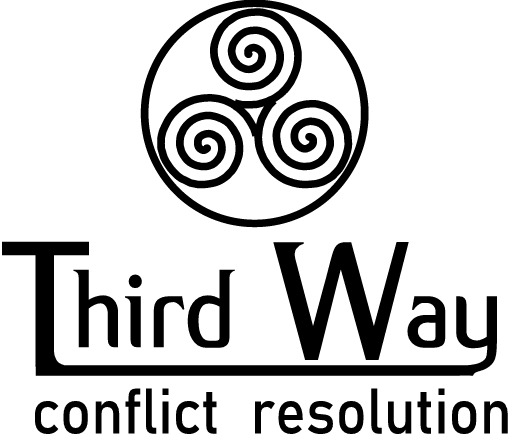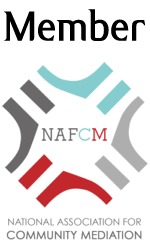 First, both spouses must agree to participate in the Mediation process. Mediation is voluntary, and no person can be ordered, forced, coerced, or threatened into participating or agreeing. Mediators are committed to allowing parties to make their own decisions.
First, both spouses must agree to participate in the Mediation process. Mediation is voluntary, and no person can be ordered, forced, coerced, or threatened into participating or agreeing. Mediators are committed to allowing parties to make their own decisions.
Next, the Mediator will invite you to attend an Initial Session. This is an opportunity to answer questions, and for the Mediator to help decide if the process is right for you. For example, Mediation isn't a good process if there is a history of Domestic Violence, if there are accusations of Child Abuse, or if one spouse does not agree that Divorce or Separation is the right choice.
Once the Initial Consultation is over, the spouses begin by completing a set of Mediation Workbooks. These ask many of the questions that spouses will need to answer in building their separate lives, both legal and practical. Each person has the opportunity to record what they believe is the best answer to these questions, in their own Mediation Workbook, helping to clarify their thoughts, needs, and priorities. This is also an opportunity to gather information that will be needed to prepare documents later, such as bank balances and account numbers, in one convenient place.
When the Divorce Workbooks are complete, the spouses can begin scheduling sessions to discuss the path forward. The Mediator can provide legal, financial, and other information to the parties, though not advice (the role of an attorney, accountant, or other subject matter expert). The Mediator will aid in communication, create opportunities for everyone to speak and be heard, keep discussions productive, track issues and information, support problem-solving, record areas of agreement, ensure that time is used productively, and maintain an environment that is safe.
While every couple is diffeerent, Divorce and Separation Mediation follows a predictable path, made up of a series of steps. Along the way, there are several decision points that help ensure that the parties have options and have control of the process:
- Contact. One or both spouses contact Third Way, or are referred from a partner.
- Initial Consultation. Both spouses meet together with the Mediator to ask questions and decide whether the process is right for them.
- Workbooks. Each spouse independently completes their Divorce Workbooks. This can take up to 30 days.
- Mediation Appointments. Both spouses meet together with the Mediator to discuss their issues, priorities, and decisions.
- Divorce Agreement. The Mediator prepares an Agreement summarizing all of the couple\'s decisions.
- Court Paperwork. The Divorce is filed with the Supreme Court.
- Divorce Decree. The court issues the Divorce to the couple.











